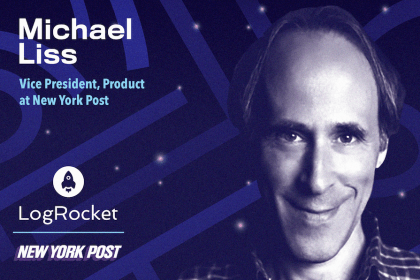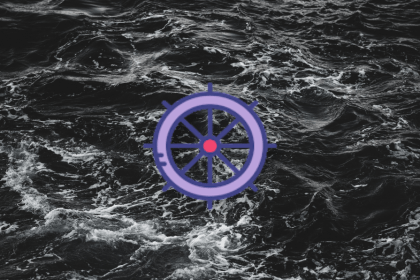
Noa Reikhav, VP of Product at Skai, discusses how she views product managers as “dot connectors” who bridge all the elements of a business.

Product communities are communities of similar people who share common interests and challenges related to a product offering.

Understanding your product stage is fundamental to crafting your strategy, organizing your team, and setting goals.

Product managers need to find a way to balance progress and perfection. While perfection can lead to delays and missed opportunities, progress keeps us agile.

A self-serve product strategy involves building and delivering a product to customers without requiring interaction with the sales team.

Michael Liss, Vice President, Product at New York Post, talks about the rapid iteration of digital products, particularly in the media industry, and explains how a “win” doesn’t always come from big upticks in engagement.

It’s the product manager’s responsibility to build and manage a live product roadmap that is fluid and resilient. Discover how to gain buy-in from executives, peers, partners, and customers.

Mike Donovan, SVP of Product at Sauce Labs, discusses how leading an open source community is similar to running a SaaS company — you’re doing it to solve a problem that a lot of people care about.

With proper planning and a step by step guide, you can ensure your product launch goes as smoothly as possible.

Hoshin Kanri is a strategic planning method for creating long-term goals that opens a path for continual improvement.

Matt DiBari, Chief Product Officer at SpotHero, shares how early data signals during COVID helped transform SpotHero’s product strategy.

Leadership styles are difficult to master and need to be flexible so that they can accommodate the needs of particular team members.